On the outskirts of Sydney, Villawood Detention Centre is home to one of Australia’s darker immigration policies.
Sydney’s western suburbs are always five degrees hotter than the rest of the city. With neither the relief of a coastline nor the rise of mountain peaks, this wide berth of land, known as the Cumberland Plains, is flat and featureless. We drive past rows and rows of squat houses. Sprinklers jet out water. Retirees wash their cars and young children squeal on clipped green front lawns in their nappies.
We are deep in Sydney suburbia. I am with a photographer friend and we have been driving in circles in a neighbourhood called Villawood under a blazing summer sun, with no air conditioning. We stop suddenly in the middle of Miowera Road. On one side are seventies style red brick houses. Cheeky garden gnomes hold out “Welcome Home” signs. School kids from nearby Chester Hill High run past us, chasing one another.
On the other side of the road is razor wire fencing. “No Entry” and “Commonwealth Property” signs are emblazoned across its shield. We’ve reached our destination.
Villawood Detention Centre is home to one of Australia’s darker policies of mandatory detention. Australia has faced international criticism for the inhumane “offshore processing” of asylum seekers on the Pacific islands of Nauru and Manus. The Cambodia Deal, signed late last year, marked one of the first times a developed country has signed an agreement with a developing nation for the resettlement of recognized refugees.
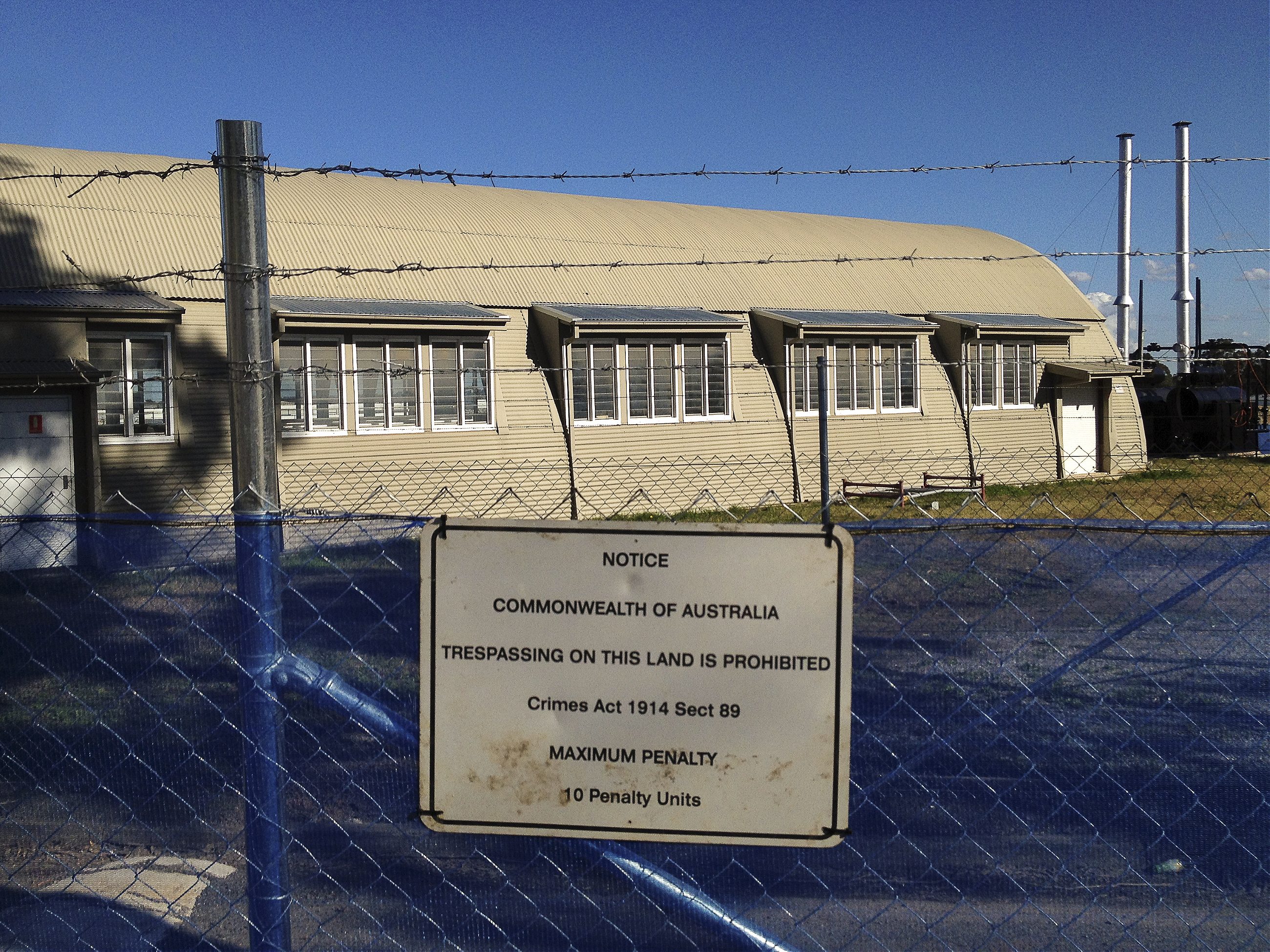
But although out of the international media glare, trauma can also be found in this sleepy suburb. It is the third biggest onshore detention centre in the Southern Hemisphere and, with AUS$186.7 million (approx. US$145.25 million) worth of government renovations underway, it is set to become the largest. As of June 30, 2014, the Australian Human Rights Commission stated there were 3,624 people in immigration detention and 3,007 in community detention in Australia. Of these, approximately 2,547 people were detained on the mainland.
A multinational service company called SERCO manages Villawood, along with all other detention centres on Australia’s mainland. Many in Villawood have been incarcerated with no charge; others have been in detention over two years with no access to information about their terms. The psychological abuse is taking its toll. On the basis of secret ASIO findings it was revealed at least one in four refugees locked in indefinite detention had attempted or threatened suicide. Lawyers have described their state as legal limbo similar to that in Guantanamo Bay.
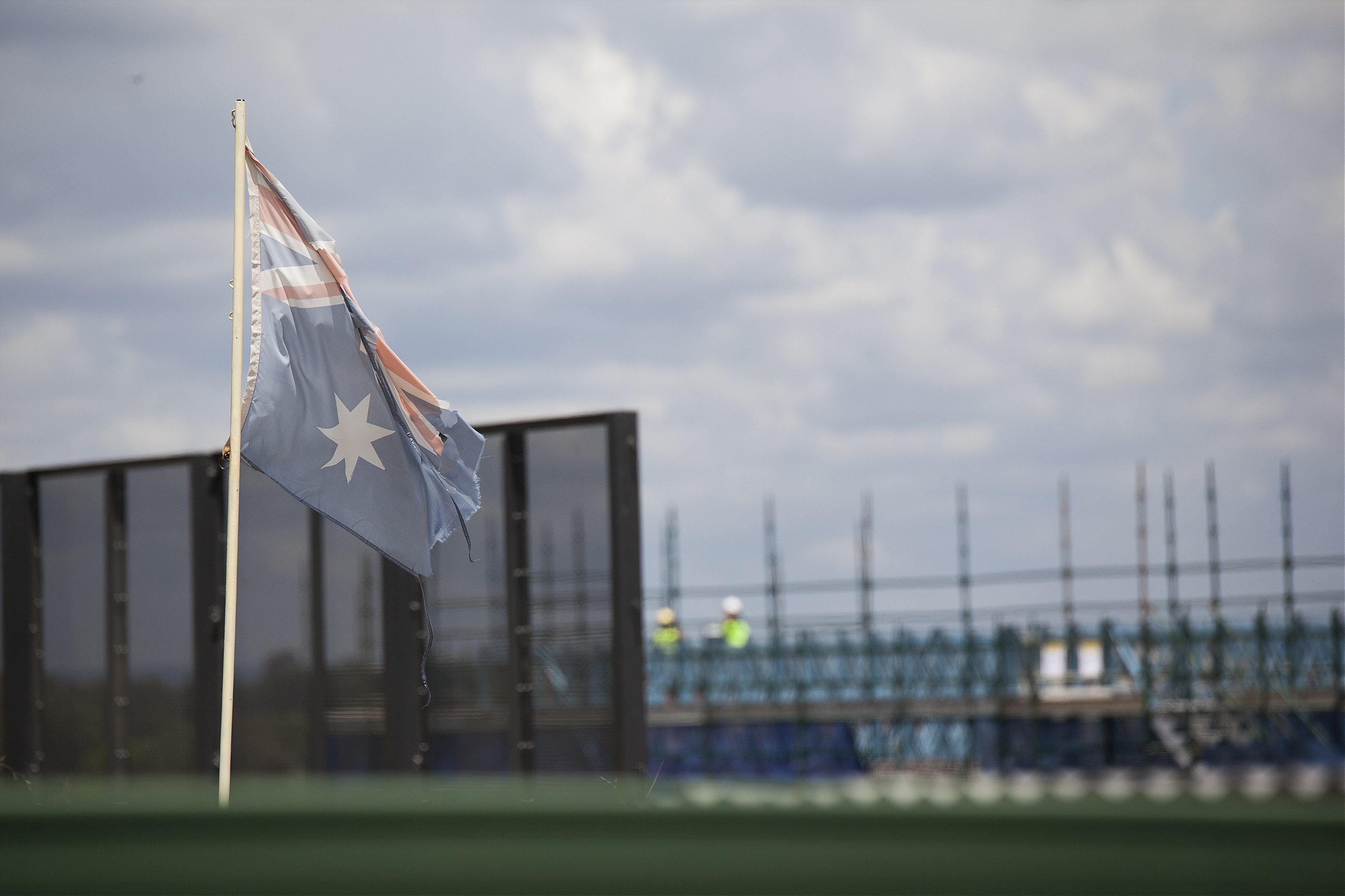
The official entrance to Villawood Detention Centre is difficult to find among a warren of industrial warehouses for companies like Tru Blu Beverages, Aussie Baby, and Hyalite One-Stop Hydroponic Superstore. We take some photographs from the public street and within eight minutes a security van drives over and demands we delete the images. We ask him to comment and we are told all SERCO guards have signed contracts that do not permit them to speak with media or anyone else.
The other side of the facility’s perimeter sits cozily among the homes of residents. An elderly couple sits on plastic chairs on their front porch, tenderly holding hands—behind them is a full panoramic view of the newly advertised “state of the art” facilities. We ask if we can have a look at the view from their backyard.
Nina introduces herself and tells us she and her husband Michael are from Serbia and have lived in the house for twenty-three years. She describes living in neighboring Chester Hill as “peaceful” and “quiet” and “a perfect place to raise a family.” Their home is part of the New South Wales Government commissioned housing that dominates the region. Michael says he loves the sense of community they have created with neighbors from places as far as Iraq and Vietnam. “There is a saying in Serbia,” Michael says, “that your neighbor is better than your brother.”
It’s difficult to ignore the most obvious neighbor, which looms over their tidy backyard, and is home to refugees and asylum seekers currently detained under Australian law. We listen to the steady thud as their great-grandson kicks his bouncy ball against the fence the family currently share with the detention centre. “We used to be able to hear them,” Nina says, “when they played soccer or when they were let outside, but since the renovations we’ve only heard the sound of machines, no people.” Michael says no one ever tells them what’s happening in the centre and they make it inaccessible.
One hundred children are on suicide watch
Under Australian law asylum seekers who arrive by boat are put in detention until their claim has been processed and their refugee status determined. This applies to people of all ages. This month the Australian Human Rights Commission’s released their inquiry into children in detention in a report titled “The Forgotten Children.” It revealed that in the first half of 2014 over a third of the children were assessed as having serious mental health disorders. One hundred children are on suicide watch; three-year-olds have been diagnosed with clinical depression; and more than two hundred assaults involving vulnerable children occurred in only 15 months. The report says Australia has breached its international obligations and strongly recommended that all children and their families in detention in both Australia and offshore be released into the Australian community within the next four weeks.
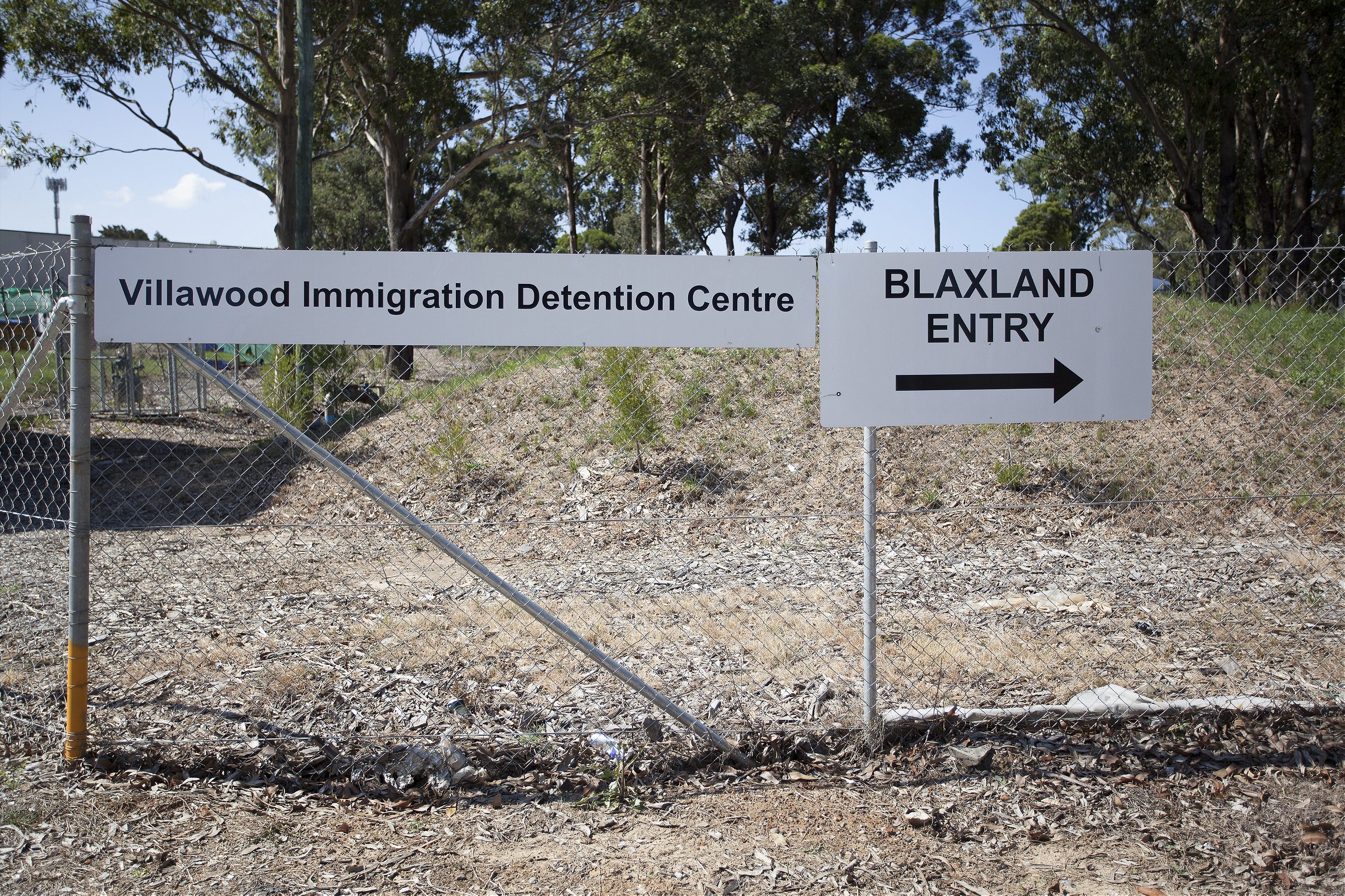
The centre was not designed for locking up people. Villawood was built in 1949 as a migrant hostel to attract immigrants to stay as part of nation building project. Mandatory detention was only introduced in Australia in 1992, under the Australian Labour government in response to a wave of boat arrivals in the aftermath of the Vietnam War. Since then, measurements increased under the Pacific Solution, including offshore processing, which became a cornerstone of Prime Minister John Howard’s government’s attempt to deter asylum seekers arriving by boat. Although the Pacific Solution, is now officially defunct, the reality is just a change in policy rhetoric. Long-term mandatory detention still exists. The United Nations Committee Against Torture has criticized Australia’s current policies on asylum seekers, and Amnesty International has repeatedly called for an end to mandatory detention.
“We feel sorry for them,” Nina says. “We try not to think about it much. But it’s funny because sometimes Michael and I say we feel like we are in a prison with all this barbed wire and fences.”
It is difficult to find asylum seekers who have been released from Villawood and are willing to talk.
They are placed on strict regulations by the government, which often forbids them from speaking to the media. Via friends-of-friends, we mange to make contact with Abdul* and visit him one afternoon in Sydney’s inner-western suburbs. Abdul, who is polite and soft-spoken, was released from Villawood one year ago. His jaw twitches as we speak. Abdul asked not to be named or give any specific details that might identify him in the face of his pending visa application. He’s afraid he will be sent back to Villawood.
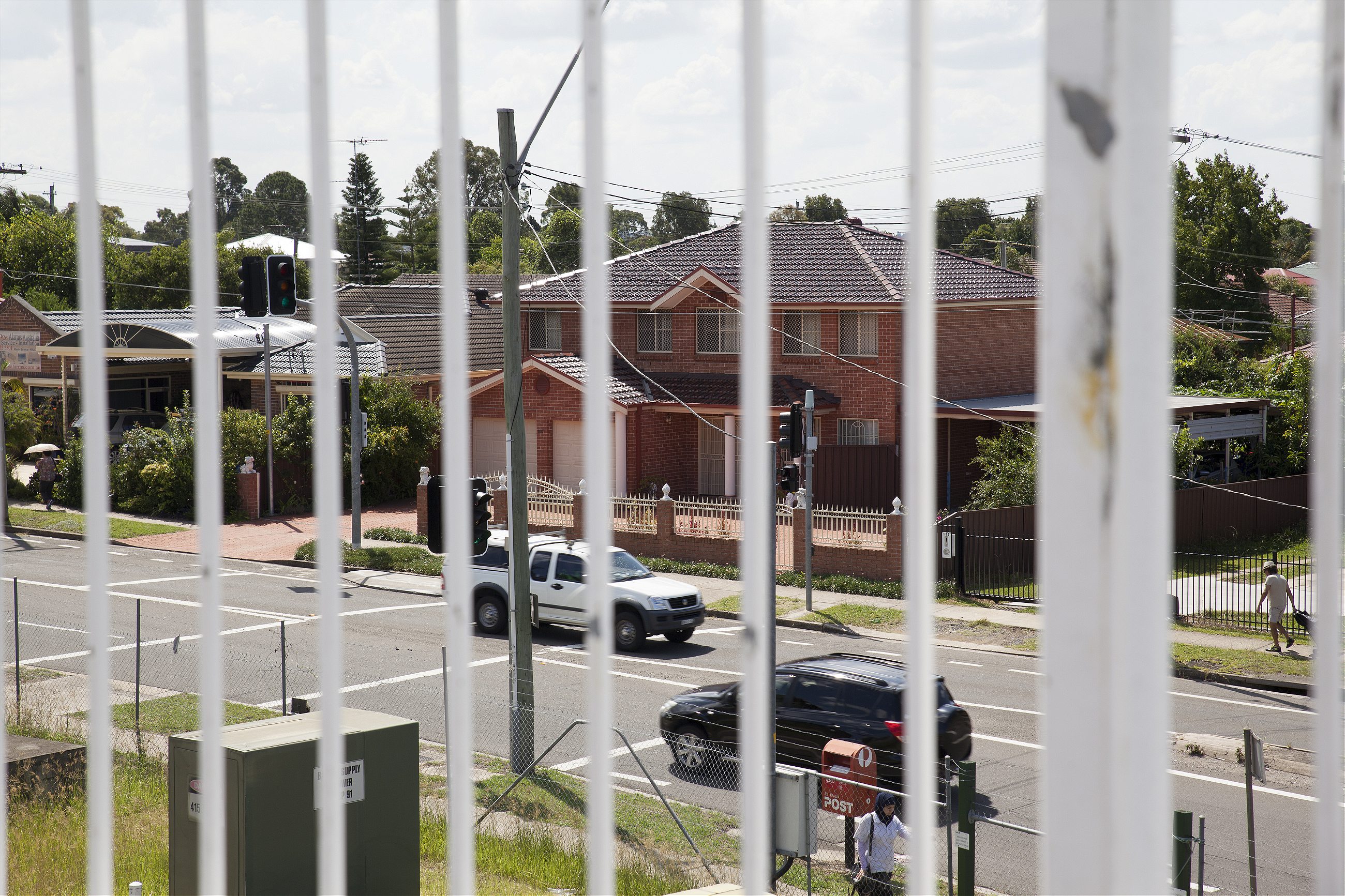
Abdul says he was one of the lucky ones to be released. He fell in love with one of the visitors that came to the center as part of a volunteer group offering “diversion therapy” on a weekly basis. He now lives with her family. We ask about the moment they fell in love. He doesn’t want to talk about the new love, as the Australian government does not look favourably upon personal relations between visitors and “clients,” the Australian Government’s official terms for detainees.
Abdul left Afghanistan in 2000 under threat of violence and persecution from the Taliban against his family, who are part of the Hazara ethnic minority. His life, he says, was in critical danger. He spent the next ten years on the move and unable to secure work or a livelihood without a visa. In 2010, he arrived in Australia and was placed in the detention centre for the next three years.
Abdul says a prison sentence would have been easier. The routine for “clients” involved daily head counts. He says rooms were searched every two weeks and guards would confiscate any recording devices, mirrors, sharp objects, and personal property. “People cut themselves a lot in there.” He says apart from a small gym and English classes held four times a week, there was no other distraction. “Many mornings people won’t get out of bed or they walk around in circles as they have no reason, no purpose anymore.”
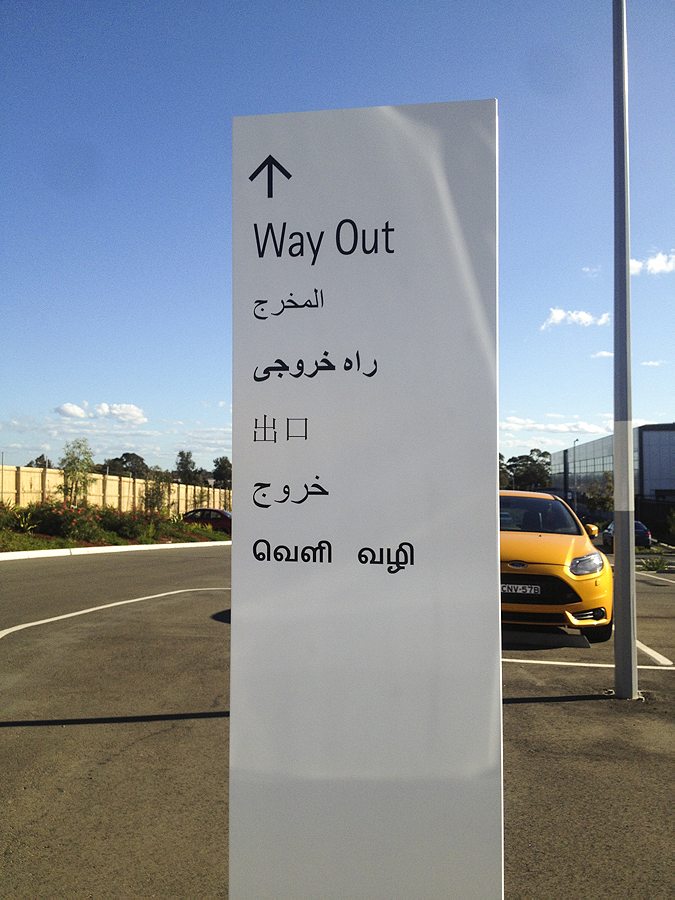
He is currently on a Temporary Protection Visa (TPV). Refugees in Australian custody on TPV, or a five-year “safe haven enterprise visa” (SHEV), are barred from seeking family reunion and will not be allowed to re-enter Australia if they leave. The visas can be revoked at any stage and they are not permitted to apply for a permanent refugee protection visa. Refugee rights groups are concerned the reforms will leave thousands of refugees as a permanent underclass, deprived of the possibility of residency, citizenship or the possibility of reuniting with their families. Abdul says he is happy to be out and living with a new family. But they have now incurred significant debts from the ongoing visa process and he is unsure if he will ever be in a position financially to start a life with his new wife.
Abdul says not knowing that’s the hardest part in detention. “Not knowing how long you will be there for. Not knowing what is happening with your case. Not knowing if you will be sent back to your country.”
*Names have been changed to protect identities